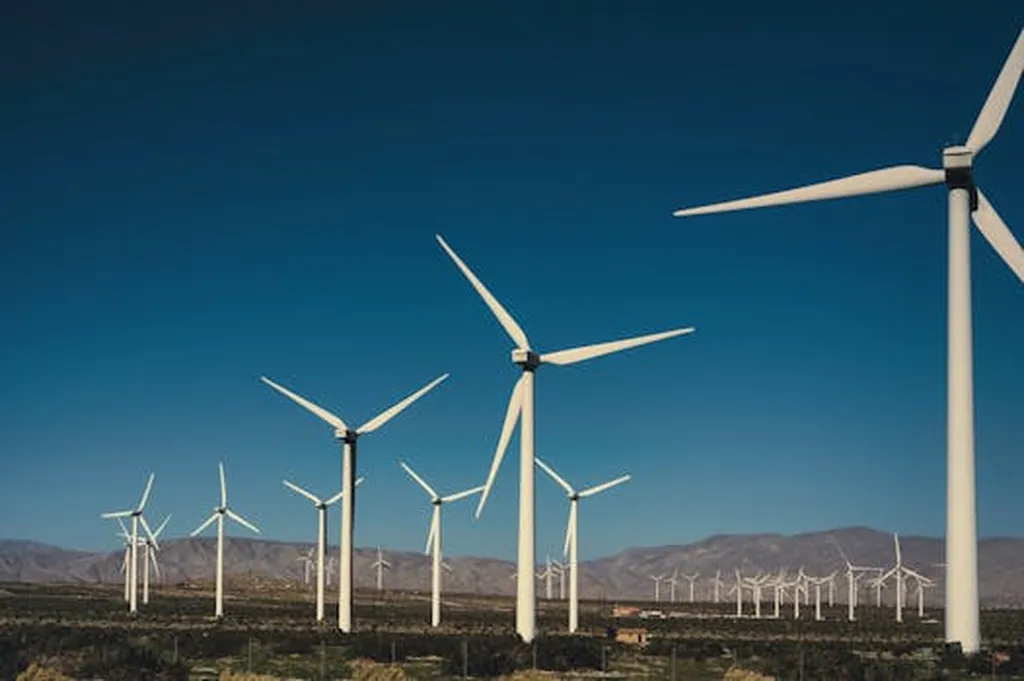In the face of an escalating climate crisis, the power industry is under immense pressure to reduce its carbon footprint. A recent study published in the journal *Technologies* offers a promising approach to this challenge, combining carbon trading and green certificate trading to optimize power grid dispatch. The research, led by Xin Shen of the Metering Center of Yunnan Power Grid Co., Ltd., proposes a multi-objective stochastic optimization framework that could significantly reshape the energy sector’s approach to low-carbon transformation.
The study introduces a deterministic optimization model that balances the often-conflicting goals of maximizing power generation profits and minimizing carbon emissions. By incorporating power balance, carbon quota constraints, and renewable energy proportions, the model provides a nuanced approach to power grid management. “We found that dynamic adjustments of carbon quota and green certificate targets can avoid diminishing marginal emission reduction efficiency,” Shen explains.
To address the uncertainties inherent in power demand, carbon baselines, and green certificate ratios, the researchers employed Monte Carlo simulation to generate random parameter scenarios. Using the CPLEX solver, they iteratively optimized scheduling schemes, revealing compelling insights. For instance, when the proportion of green certificates increased from 0.35 to 0.45, renewable energy generation rose by 4%, coal power output decreased by 12–15%, and carbon emissions dropped by 3–4.5%.
The study also highlighted the synergistic effects of combining carbon trading and green certificate trading. “The tightening of carbon quotas promoted the output of gas units to increase by 70 MWh,” Shen notes, underscoring the effectiveness of the “total control + market incentive” policy.
The economic-environmental tradeoff analysis revealed that high-cost inputs are positively correlated with the proportion of renewable energy, while carbon emissions are significantly negatively correlated with the proportion of green certificates (correlation coefficient −0.79). This finding emphasizes the need for a more integrated policy design that links carbon price mechanisms with economic targets.
The implications of this research are far-reaching for the energy sector. By providing a flexible market mechanism, the framework supports the development of a multi-energy complementary system that includes coal power base load protection, gas peak regulation, and renewable energy supplementation. This approach not only enhances economic benefits but also promotes environmental sustainability.
As the energy sector grapples with the complexities of decarbonization, Shen’s research offers a practical path forward. By dynamically adjusting carbon quotas and green certificate targets, decision-makers can achieve a more balanced and effective low-carbon transformation. The study’s findings, published in *Technologies*, underscore the potential of market mechanisms to drive innovation and sustainability in the power industry.

